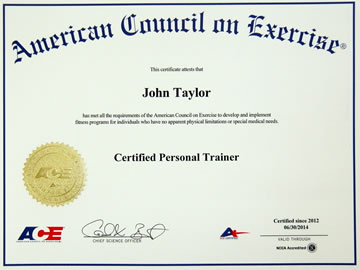Golf Ball Spin Axis
A golf ball spins around an axis of rotation during it's flight. The axis of rotation is often termed the spin axis. The forces that create spin are surprisingly complex, but we can stick to just a few basic concepts to understand how the spin axis relates to the ball flight we see on the course.
At impact the ball develops back spin around a single axis of rotation: club loft and club face curvature are major factors in determining spin and launch angle. The spin axis can be horizontal or tilted but it remains a single backspin axis -- "there can be only one". However, spin is an axial vector and can be considered to be the product of a vertical component and a horizontal component. It allows us to say "side spin".
The direction of the club path and the direction of the launch angle of the ball off the club face also can be considered as vectors. These two vectors define the geometric plane of the ball during the initial flight of the ball after impact. The geometric plane that describes initial ball flight, the D-plane (a term defined by T. Jorgensen in "The Physics of Golf" 2nd Edition 1999), is perpendicular to the spin axis.
If the orientation of the club face is exactly the same as the club path at impact, the ball will have a spin axis of 0º and the ball flight will be straight. If the face angle of the club is oriented in a different direction from the path of the club head at impact, then the ball spin axis (and D-plane) will be tilted and the ball flight will curve.
For a right handed player, if the club face is oriented to the right (open) of the club path, the spin axis will tilt to the right and the ball may fade or slice to the right. If the face is oriented to the left (closed) relative to the path the spin axis will tilt to the left and the ball may draw or hook to the left.
Launch monitor analysis reveals that face angle is more important than club path in describing ball flight curvature. Just a modest amount of open club face at impact can yield a banana-shaped ball flight, an effect that's more noticeable with lower-lofted clubs.
Ball impacts that are not in the center of the club face also affect spin axis. These effects are increased with drivers compared to irons where the center of gravity of the club head is located further behind the club face allowing gear effects to magnify the tilt of the ball spin axis. An impact more than a half inch off-center can tilt the spin axis by greater than 20º.
Analysis of the factors that alter spin axis helps to isolate and quantify problems in your swing mechanics. For example, the effects of a backswing that's too far inside with an open club face, a loss of posture through the downswing, an outside-in club path with a loss of posture (standing up) through the impact zone will be revealed by launch monitor data.
Ball spin axis can be affected by each of these swing traits, and the effects can be magnified by a shaft stiffness profile or a club balance that does not fit your swing mechanics. If you are a golfer at any skill level who wants to refine your game, we recommend integrating both launch monitor and swing mechanics analysis into your search for the "right stuff".





























 John Taylor
John Taylor
Reader Comments